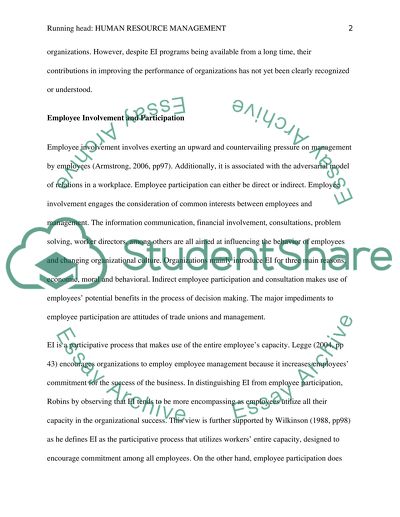Cite this document
(“Human Resource Management Essay Example | Topics and Well Written Essays - 1250 words”, n.d.)
Retrieved de https://studentshare.org/human-resources/1390801-human-resource-management
Retrieved de https://studentshare.org/human-resources/1390801-human-resource-management
(Human Resource Management Essay Example | Topics and Well Written Essays - 1250 Words)
https://studentshare.org/human-resources/1390801-human-resource-management.
https://studentshare.org/human-resources/1390801-human-resource-management.
“Human Resource Management Essay Example | Topics and Well Written Essays - 1250 Words”, n.d. https://studentshare.org/human-resources/1390801-human-resource-management.


